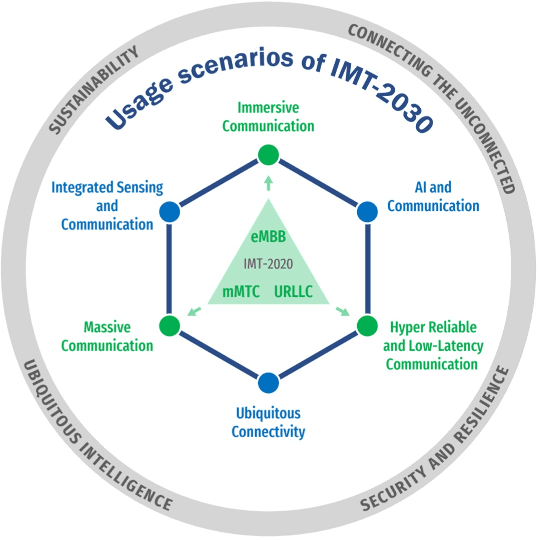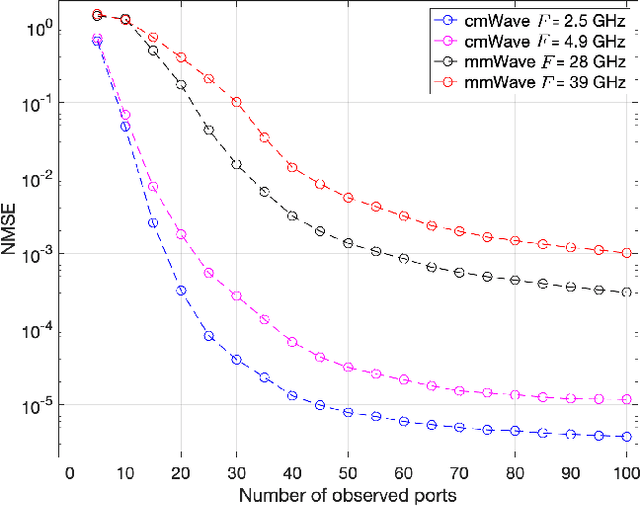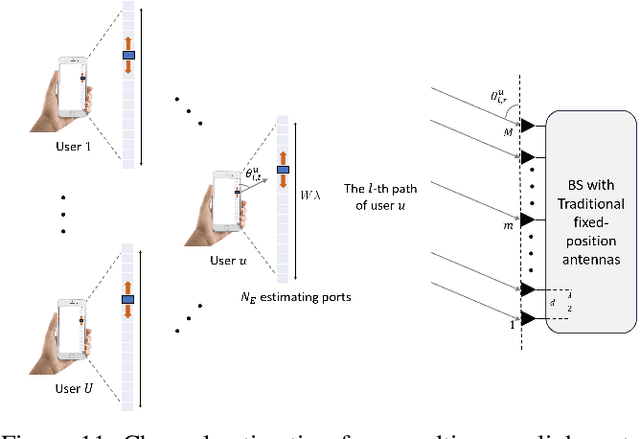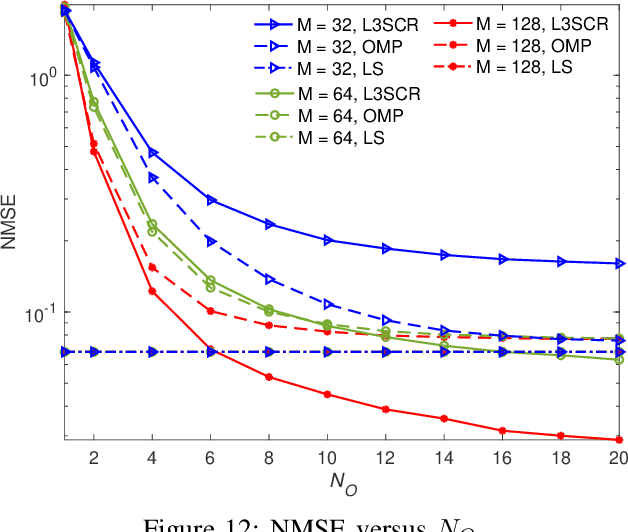Pablo Ramírez-Espinosa
A Tutorial on Fluid Antenna System for 6G Networks: Encompassing Communication Theory, Optimization Methods and Hardware Designs
Jul 03, 2024



Abstract:The advent of the sixth-generation (6G) networks presents another round of revolution for the mobile communication landscape, promising an immersive experience, robust reliability, minimal latency, extreme connectivity, ubiquitous coverage, and capabilities beyond communication, including intelligence and sensing. To achieve these ambitious goals, it is apparent that 6G networks need to incorporate the state-of-the-art technologies. One of the technologies that has garnered rising interest is fluid antenna system (FAS) which represents any software-controllable fluidic, conductive, or dielectric structure capable of dynamically changing its shape and position to reconfigure essential radio-frequency (RF) characteristics. Compared to traditional antenna systems (TASs) with fixed-position radiating elements, the core idea of FAS revolves around the unique flexibility of reconfiguring the radiating elements within a given space. One recent driver of FAS is the recognition of its position-flexibility as a new degree of freedom (dof) to harness diversity and multiplexing gains. In this paper, we provide a comprehensive tutorial, covering channel modeling, signal processing and estimation methods, information-theoretic insights, new multiple access techniques, and hardware designs. Moreover, we delineate the challenges of FAS and explore the potential of using FAS to improve the performance of other contemporary technologies. By providing insights and guidance, this tutorial paper serves to inspire researchers to explore new horizons and fully unleash the potential of FAS.
Performance Evaluation of Dynamic Metasurface Antennas: Impact of Insertion Losses and Coupling
Jun 27, 2022



Abstract:This paper evaluates the performance of multi-user massive multiple-input multiple-output (MIMO) systems in which the base station is equipped with a dynamic metasurface antenna (DMA). Due to the physical implementation of DMAs, conventional models widely-used in MIMO are no longer valid, and electromagnetic phenomena such as mutual coupling, insertion losses and reflections inside the waveguides need to be considered. Hence, starting from a recently proposed electromagnetic model for DMAs, we formulate a zero-forcing optimization problem, yielding an unconstrained objective function with known gradient. The performance is compared with that of full-digital and hybrid massive MIMO, focusing on the impact of insertion losses and mutual coupling.
A Primer on the Statistical Relation between Wireless Ultra-Reliability and Location Estimation
Oct 18, 2021



Abstract:This letter statistically characterizes the impact of location estimation uncertainty in the wireless communication reliability, in which location information is used as a proxy to choose the rate. First, a Cram\'er-Rao bound for the localization error is derived. Then, through a simplified setup, we show that the reliability - characterized by how likely the outage probability is to be above a target threshold - can be sensitive to location errors, especially when the channel statistics are also sensitive to the location. Finally, we highlight the difficulty of choosing a rate that both meets target reliability and accounts for the location uncertainty, and that the most direct solutions suffer from being too conservative.
 Add to Chrome
Add to Chrome Add to Firefox
Add to Firefox Add to Edge
Add to Edge